How to Clean a Stainless Steel Sink So It Sparkles

By Marilyn Syarto
Learning how to clean a stainless steel sink the right way will keep the no-fuss and durable material sleek and shiny for years. Stainless steel sinks have been around since the 1930s and continue to go through changes, both in design and thicknesses, and you’ll even see the trendiest farmhouse sinks in all stainless steel. But these sinks do have a few problems you need to contend with, mostly when it comes to cleaning mysterious stains that seem to appear out of the blue.
Our guide gives you the best ways to clean a stainless steel sink so it stays looking surgically clean and corrosion-free.
Photo via CreekLineHouse
What Is Stainless Steel?
Stainless steel sinks have come out of the professional commercial kitchen and into our homes. But what is stainless steel? The dictionary defines stainless steel as “an alloy of steel with at least 10 percent chromium and sometimes another element (such as nickel) that is practically immune to rusting and ordinary corrosion.” In other words, it’s steel that’s fabricated to stay stainless.
As scientific and potentially boring as that sounds, it’s actually important to know because the chromium forms a thin film on your sink, according to Scientific American Magazine. The film is self-healing and keeps out as much corrosive oxygen and water from penetrating the steel as possible. (Also, fun fact: There’s a super-thin self-healing film of chromium on your sink that’s undetectable to the human eye!) Even with the benefits of a chromium film, corrosion may find its way into your sink.
Determine Chromium in Your Sink
What Corrodes Stainless Steel?
It’s a myth that stainless steel can never be harmed. Some issues can affect stainless steel in general. Corrosive factors can include:
- Acids (that includes lemons and lemon juice), bleach, and abrasive pads (steel wool pads, for example) can pit a stainless steel sink, creating nearly microscopic cavities where the protective layer of the steel is compromised.
- Soaps and detergents contain abrasive chlorides that can also cause pitting if the sink is not thoroughly rinsed.
- Keeping cast iron cookware, metal utensils, metal dish strainers, and metal cans sitting in a stainless steel sink can cause a reaction between metals and start the corrosive process.
What Causes Rust on a Stainless Steel Sink?
Besides other metal items, the strangest things can also cause rust spots in a stainless steel sink, according to stainless steel cleaning product company Bar Keepers Friend. Keep an eye out for these items lying around in your sink that can strip the stainless steel coating:
- Wet sponges
- Colored washcloths, rags, and kitchen towels
- Rubber dish mats (traps water)
- Bleaches or oven cleaners
- Iron-rich tap water
Photo via EngineerMommy
How to Clean a Stainless Steel Sink
You can clean your stainless steel sink any time—you can’t “over-clean” stainless steel. However, most of the time, just rinsing your sink with water will spiff up your stainless steel sink unless you splatter foods, oils, and other items into the basin.
Keep these items handy for the simple steps of daily and weekly cleanings, which will eliminate light hard water deposits and stuck-on food and grime. The following specially formulated cleansers are just about non-abrasive and won’t scratch stainless steel sinks:
- Bar Keepers Friend
- Bon Ami
- Cameo Cleanser
- Kohler’s Stainless Steel Cleaner
- Simple Green Stainless Steel Cleaner
Tools and Materials Needed
- Baking soda OR soft abrasive cleaner
- Small bowl
- White distilled vinegar (optional)
- Clean dry rag or soft cloth
- Clean dry towel(s)
Step 1: Make a Paste
Mix some baking soda and water in a small bowl to make a thick paste (the consistency of grits).
Step 2: Rub Paste on the Sink
Use a soft cloth or rag to scrub the paste (or the cleanser) around the sink to remove stuck food and stains. Scrub in the direction of the grain of your stainless steel sink. This will cut down on a sink that looks scratched up. You can see or feel the subtle “lines” in the sink which indicate the grain of the metal, but if it’s tough to see, shine a flashlight on the surface for a better look.
Step 3: Rinse With Vinegar
Rinse away the baking soda with white distilled vinegar to further disinfect the sink. The vinegar will bubble and fizz, which is normal when it blends with baking soda.
Step 4: Rinse With Water
Rinse the vinegar with tap water.
Step 5: Dry the Sink
To prevent water and rust stains, use a clean cloth to dry everything in and around your sink, including wiping around the rim, the base of the sprayer, and the faucets.
How to Disinfect a Sink
Photo via Angela
How to Make Stainless Steel Shine
Commercial stainless steel sink company Just Manufacturing recommends applying a few drops of olive oil into a clean, dry sink and buffing with a lint-free cloth to make the stainless sparkle. Or, swish some club soda or seltzer around the sink for extra sparkle—just remember to rinse thoroughly if you use club soda, which has salt in it. Baby oil works wonders, too!
Can I Use Windex on Stainless Steel?
Always check to see if the manufacturer of your sink recommends window cleaners. Some manufacturers suggest eliminating smudges, smears, and fingerprints on stainless steel appliances and sinks using window cleaners. Other manufacturers will advise against it. Different finishes can react (or not react) with sprays, such as Windex. For example, Moen and Kohler both give thumbs up to the use of a gentle window cleaner on their stainless steel sinks, but it always helps to check first.
Tips and Hacks for Difficult Cases
No matter what you do to clean your stainless steel sink, you might still see black or rusty marks. Those marks are stuck in the micro-grooves of your stainless steel sink. Try white flour to buff out those impossible stains. It sounds crazy and counterintuitive, but flour gets into the micro-grooves of the steel and cleans out the stain. To use flour, first dry your sink. Then sprinkle a generous amount of white flour on the problem area. Buff the flour using a soft cloth or paper towel. Buff and buff more. Once you’re done buffing, rinse thoroughly and dry the sink.
How do you make your stainless steel sink shine? Let us know in the comments below!




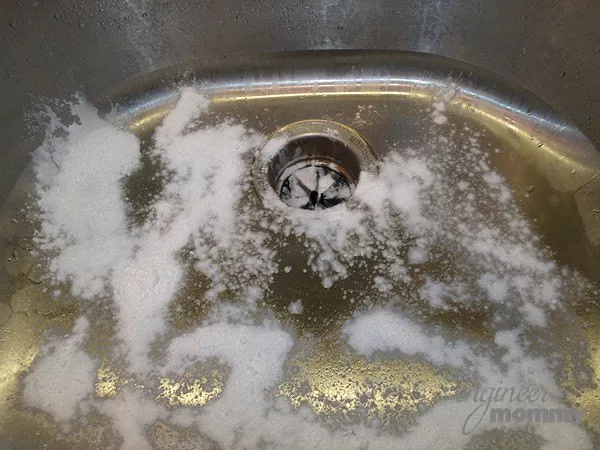

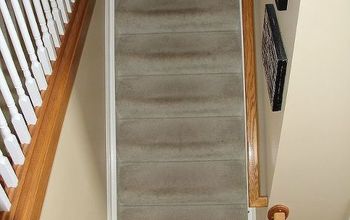

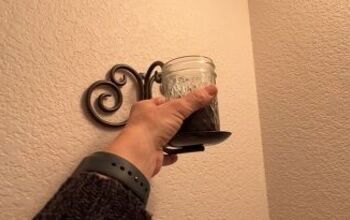
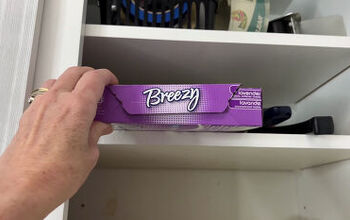
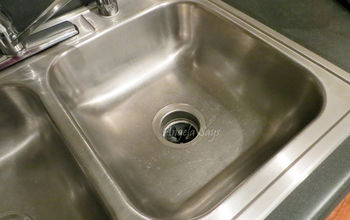
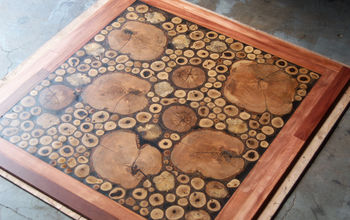

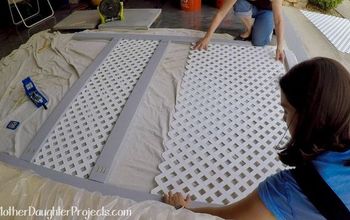

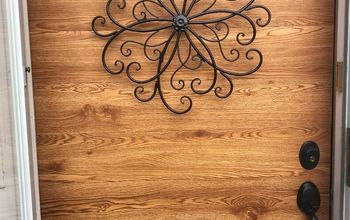

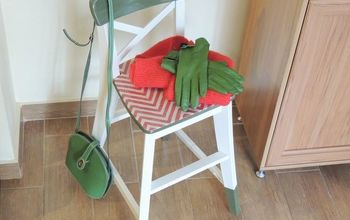
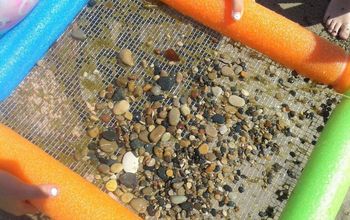
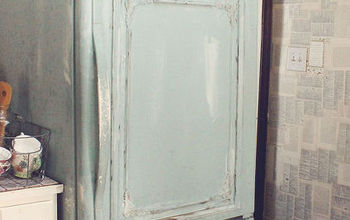
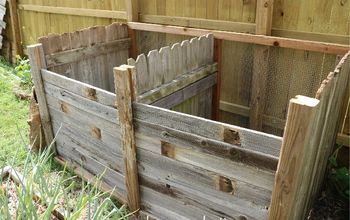





Frequently asked questions
Have a question about this project?